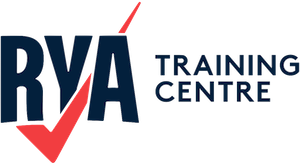Flares
A pyrotechnic device used on boats to signal distress or indicate position, especially in emergencies.
Flares are an essential part of marine safety equipment, designed to attract attention in emergency situations at sea. They are typically used when a vessel is in distress, such as when it’s sinking, disabled, or in need of immediate assistance. Flares come in various types, including hand-held, parachute, and smoke flares, each serving different purposes depending on the situation and time of day. Hand-held flares produce a bright light and are often used at night or in low-visibility conditions, while parachute flares are fired into the sky and descend slowly, making them visible over long distances. Smoke flares, on the other hand, are used during daylight hours and emit a thick, coloured smoke that can be seen from afar.
Flares are regulated by maritime authorities, and vessels are often required to carry a certain number and type of flares depending on their size and the waters they navigate. It’s important to note that flares have an expiration date and must be replaced regularly to ensure they function properly when needed. Improper use or disposal of flares can be dangerous, as they contain combustible materials. In addition to flares, modern vessels may also carry electronic distress signals, but traditional pyrotechnic flares remain a reliable and widely recognised method of signalling distress at sea.
Overview of flares and their uses
The table below outlines the different types and colours of flare and a brief description of their use.
| Type | Colour | Use |
|---|---|---|
| Parachute Flare | Red | Indicating your distress when out of sight of other vessels. Rocket flares should be launched in pairs, approximately 1 to 2 mins apart. |
| White | Illuminating a sea area. Useful if searching for a man overboard at night. | |
| Hand-held Flare | Orange (smoke) | Providing directional guidance and wind indication for any search and rescue assets as they approach you. |
| Red | Inidicating your distress when other vessels are nearby. Useful to hold the flare in the direction of potential help. | |
| White | Pinpoint indication of your location making visible your position. Used if you don’t believe a vessel on a collision course has seen you. | |
| Buoyant Flare | Orange (smoke) | Providing directional guidance and wind indication for any search and rescue assets as they approach you. |

